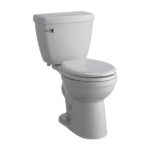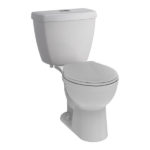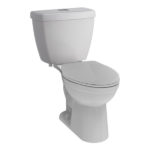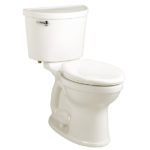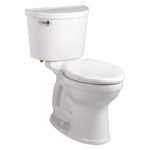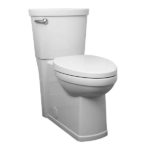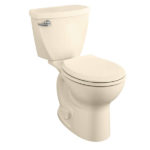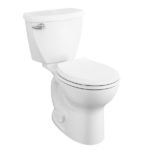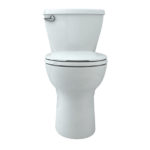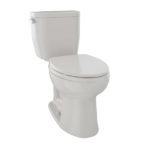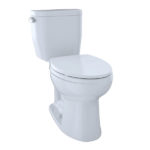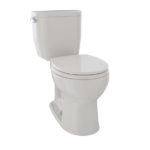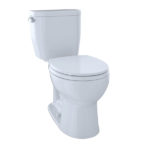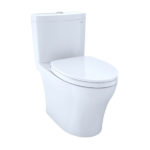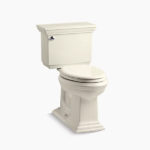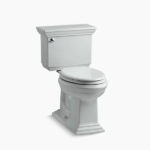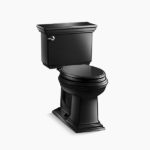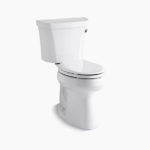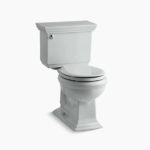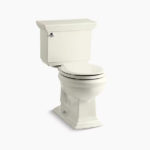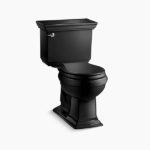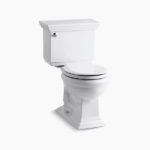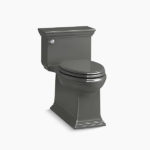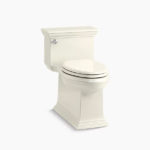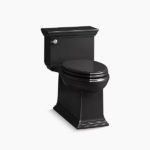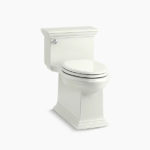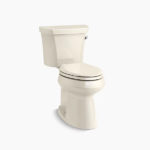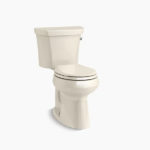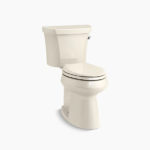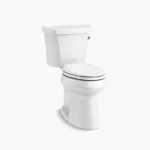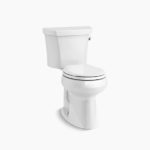An ADA compliant toilet is a handicap toilet for people with disabilities. Often, the toilet is higher than a standard toilet and is likely installed with hand bars for additional assistance standing up. ADA compliant toilets are an important for homes of people with disabilities who would be more comfortable using a handicap toilet, as well as for public restrooms to meet ADA requirements. In reviewing ADA compliant toilets, we’ve taken into account several important considerations including the toilet height, ADA compliance, and price. Installing an ADA compliant toilet requires more space and not all plumbers can install them, so the ease of installation was also considered.
What Does ADA Compliant Mean on a Toilet?
An ADA compliant toilet meets the requirements outlined by the American Disabilities Act. Typically this means a toilet with a raised seat, added height, and enough space around the toilet to account for a wheelchair or other mobility assistance devices. To be in full compliance, a gap of at least 9” should be below an element for toe clearance. In addition, the flush control for the toilet needs to be no higher than 44inch from the floor and be easy to flush. Generally, this means that less of 5 pounds of force needs to be used to flush the toilet.
How Do I Know if a Toilet is ADA Compliant?
ADA compliant toilets will have compliance notated on product descriptions and the packaging. However, the only true way to know if a toilet is ADA compliant is to measure it. If an ADA compliant model of toilet is installed in too small of a space and without the proper toe clearance, it is not ADA compliant, even if it meets the height requirements.
How Much Higher is a Handicap Toilet Than a Regular Toilet?
A standard toilet has a a 15” floor to bowl rim height, whereas the popular comfort height toilets are 16 ⅛” in height. An ADA compliant toilet is between 17” and 19” inches in height. Many comfort height toilets and shorter ADA compliant toilets are very similar in height.

